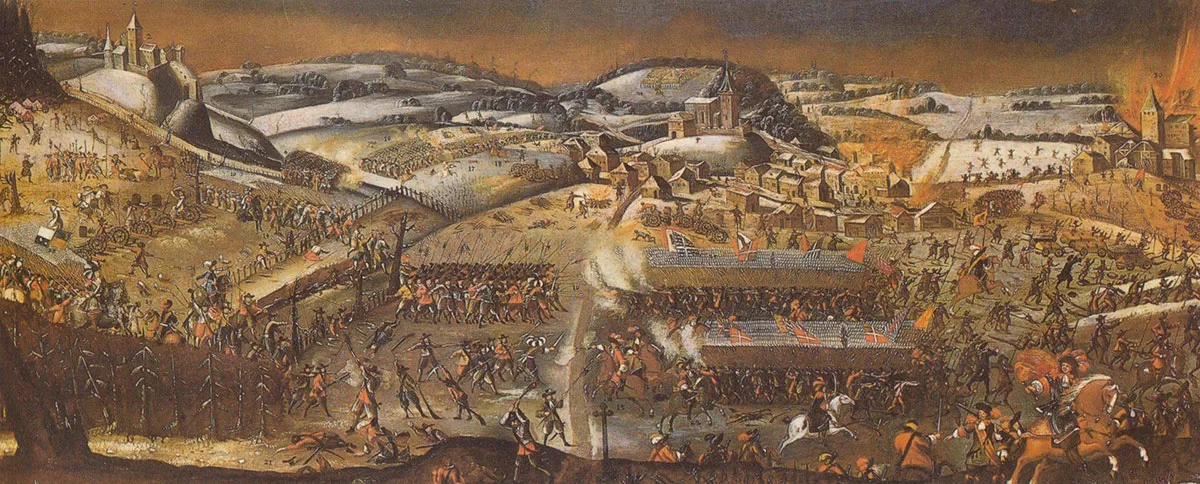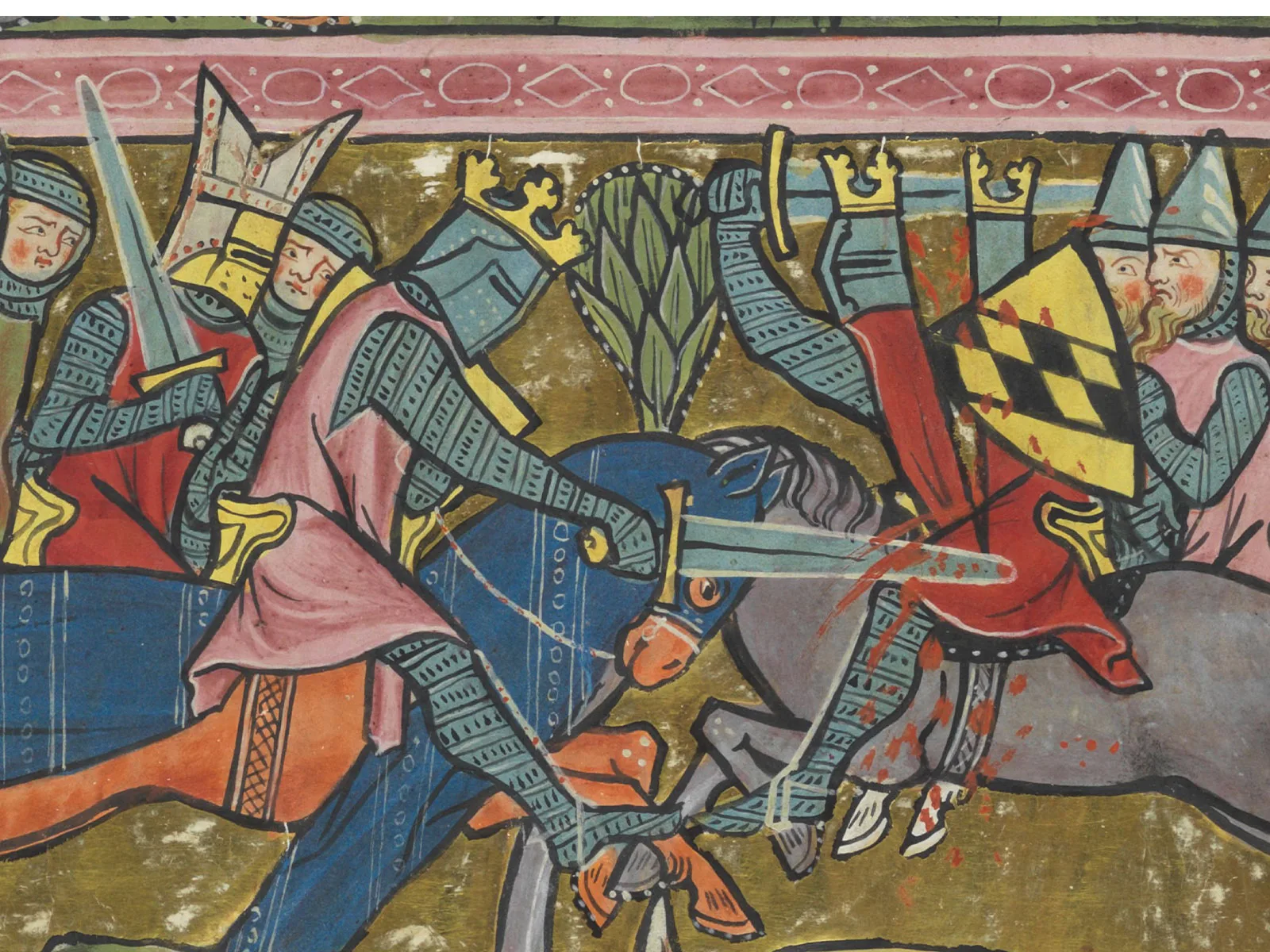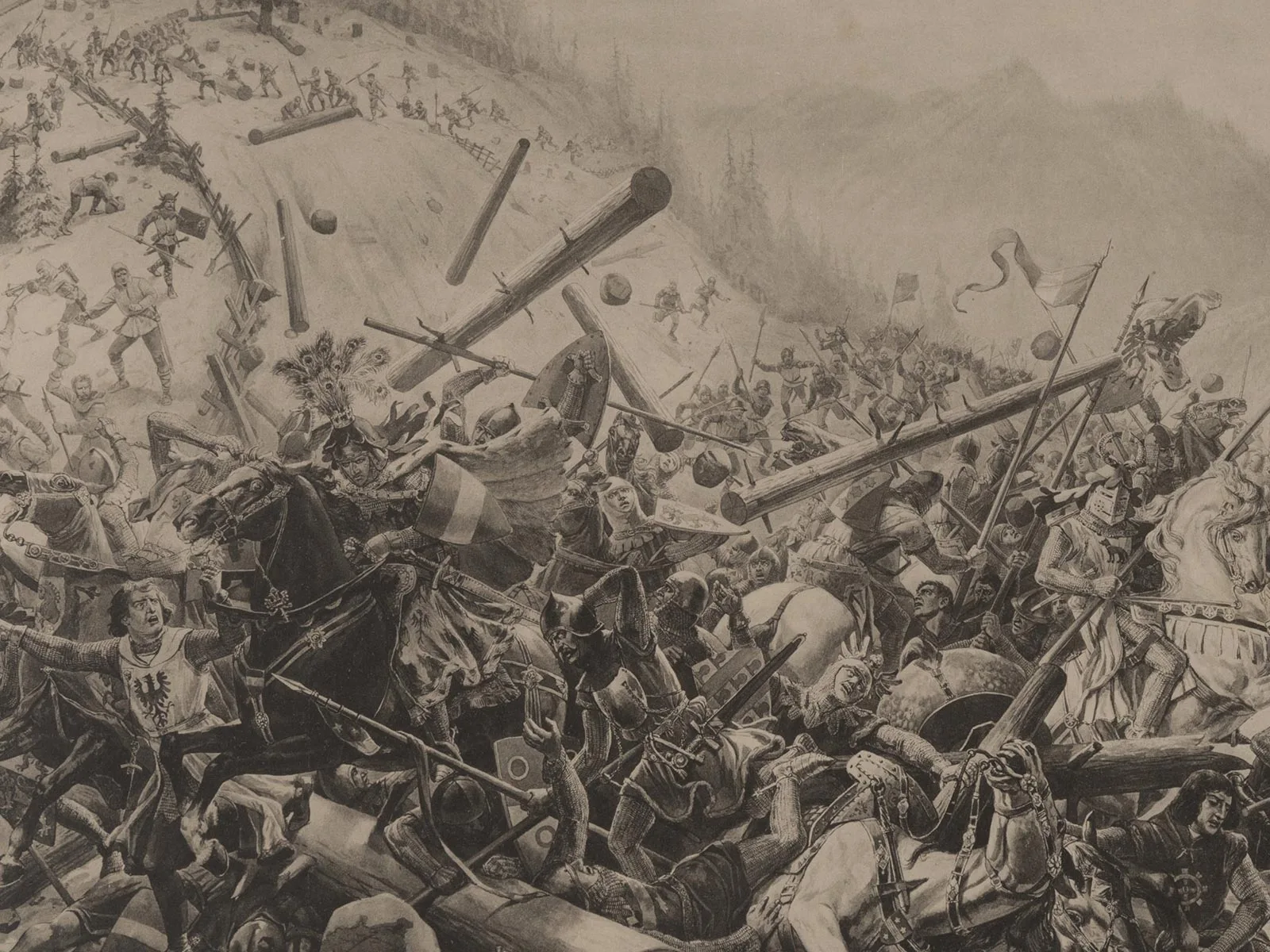
The rise of an all-purpose weapon
In the Middle Ages, forces were distributed unevenly. On one side, the armour-clad knight; on the other, the simple peasant farmer. But with the invention of the halberd, the tables were turned…
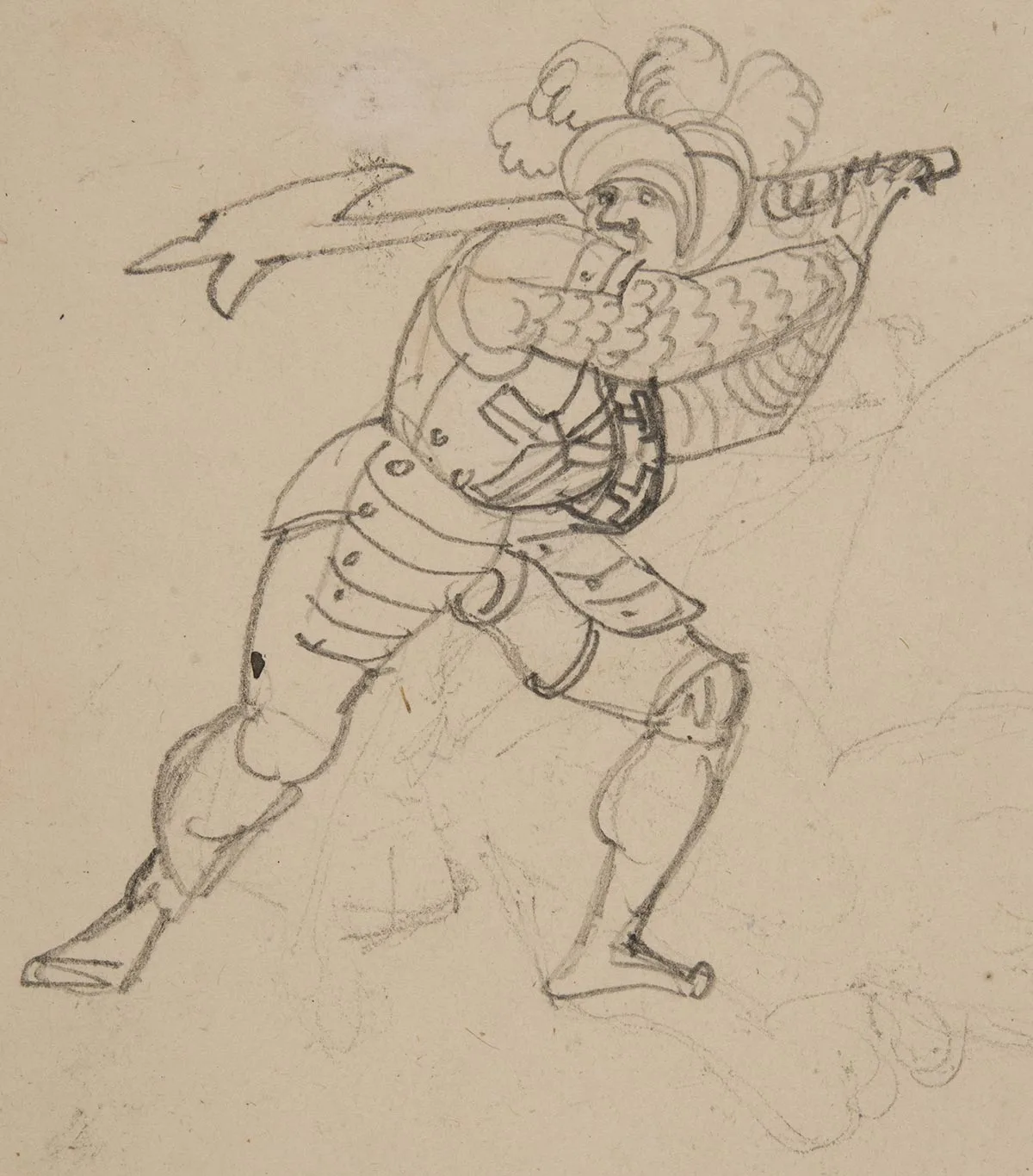

Characteristics and use of a halberd

The possible origins of the halberd
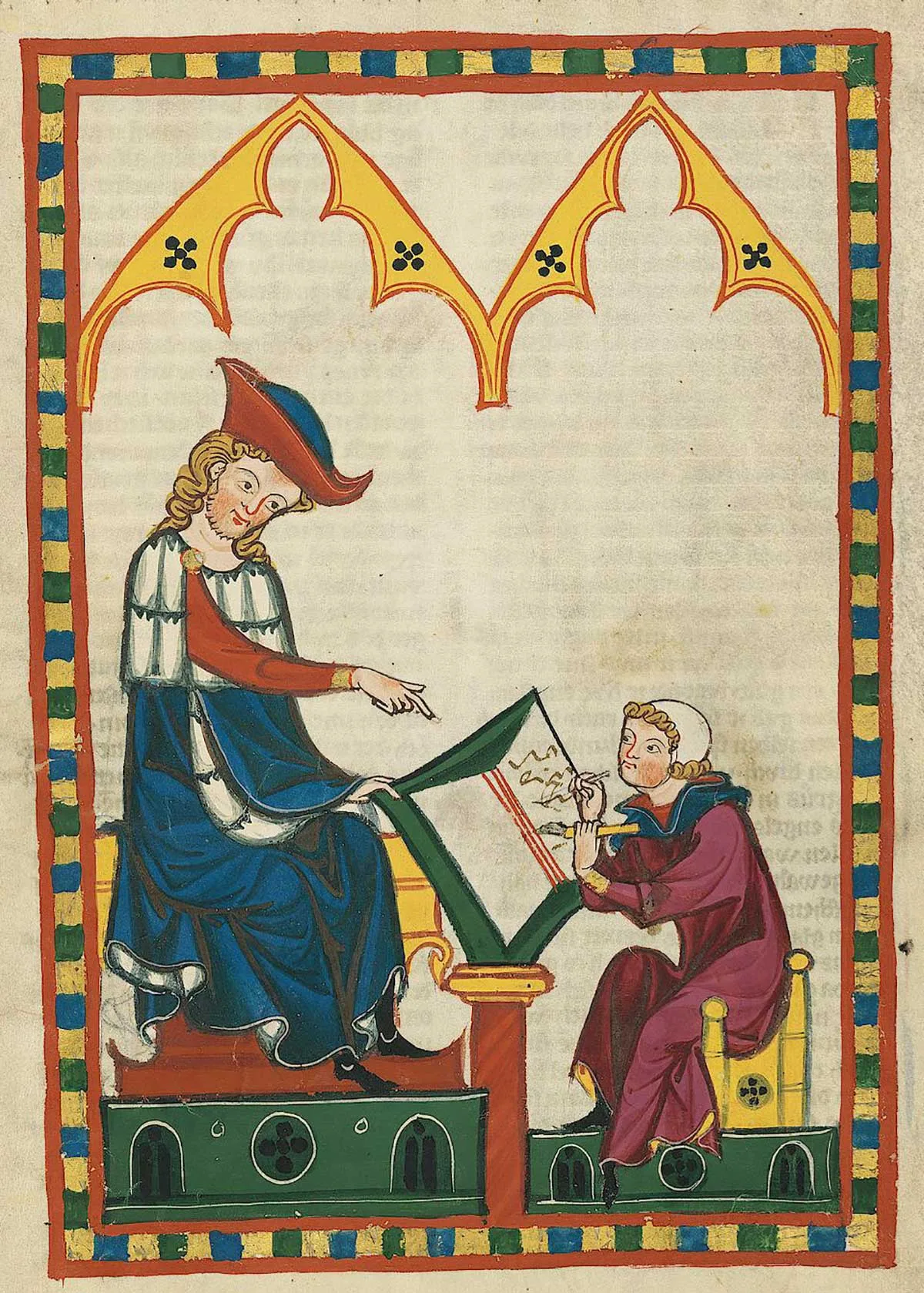


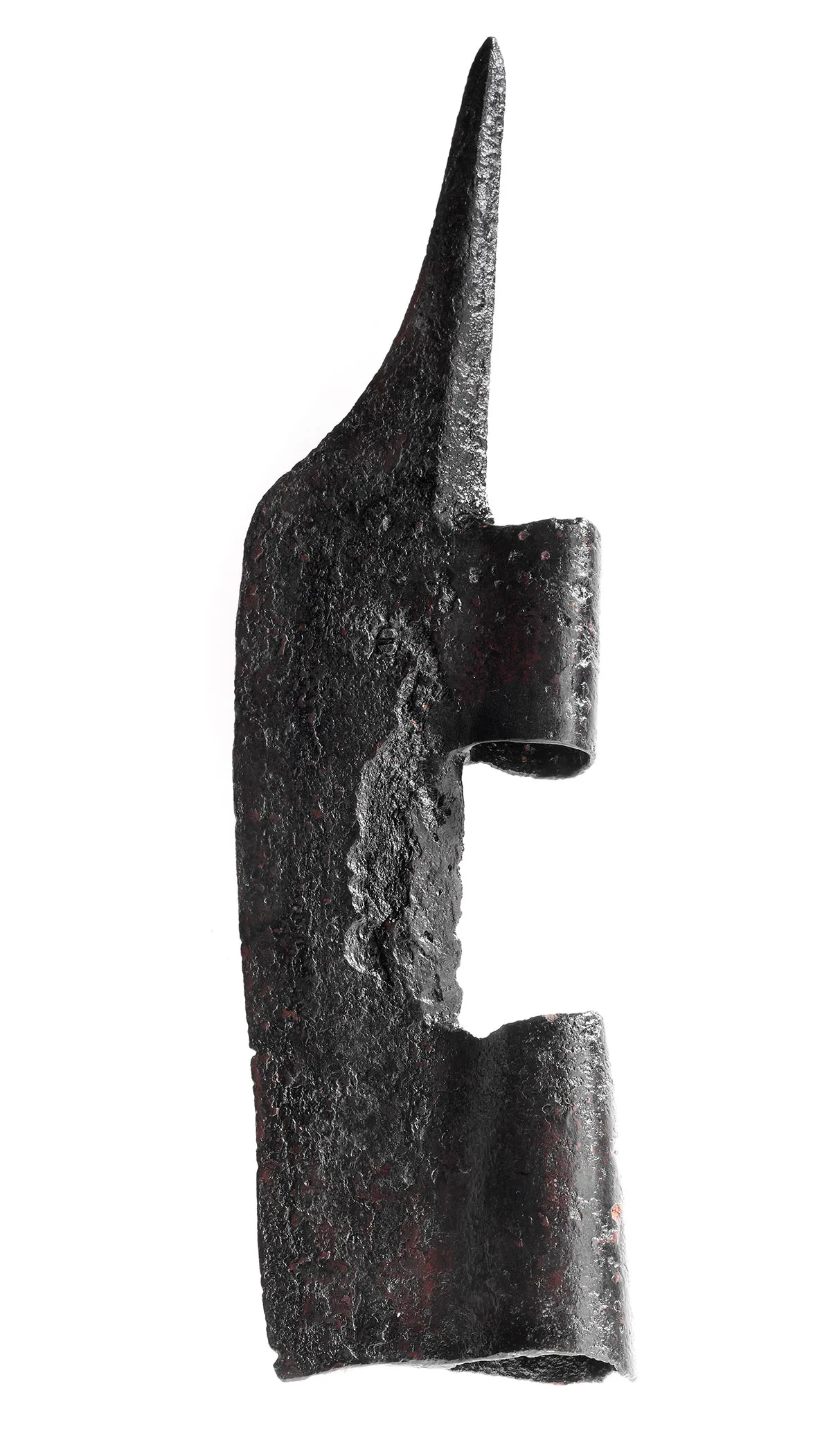
Further development
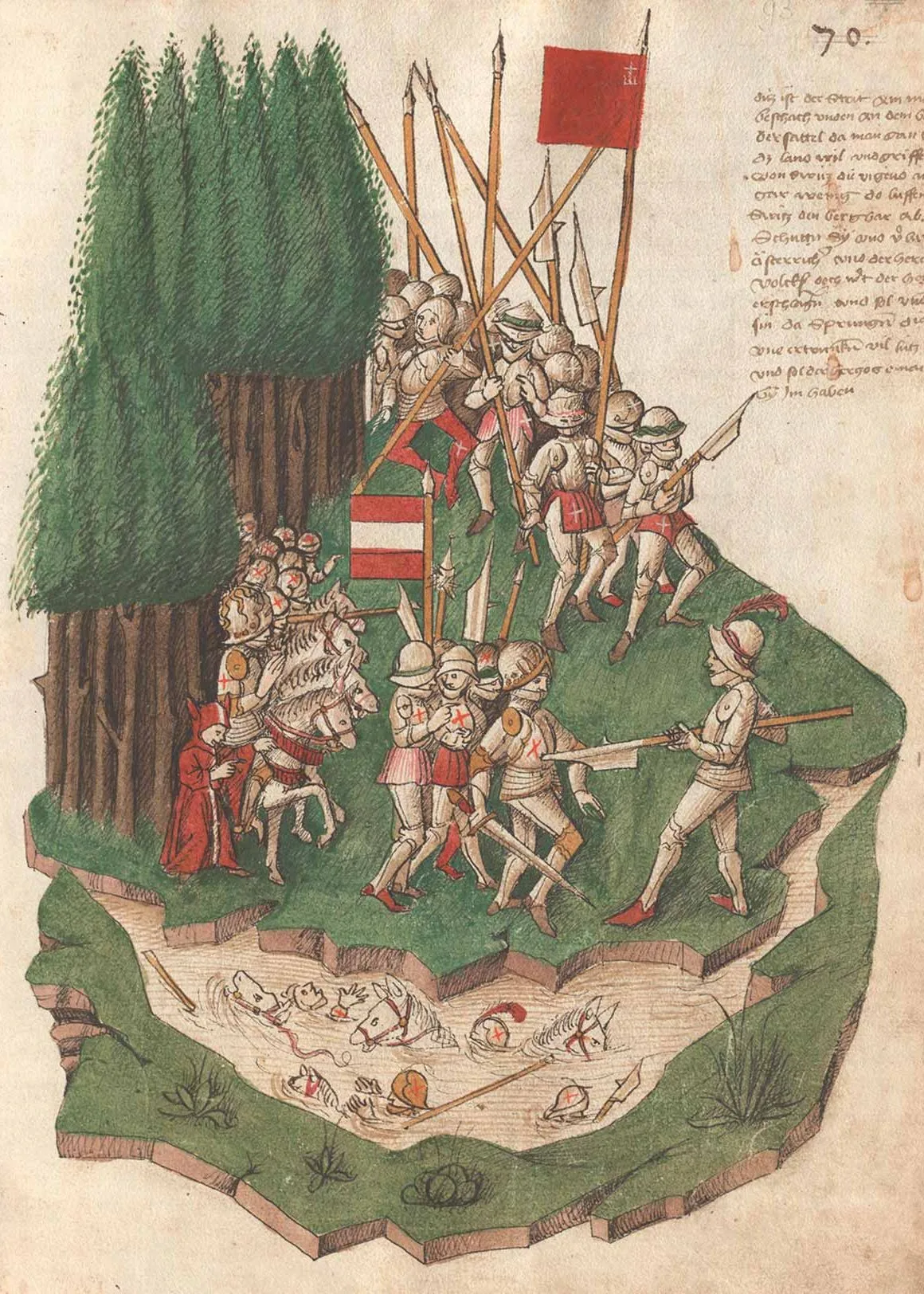


A halberd renaissance
